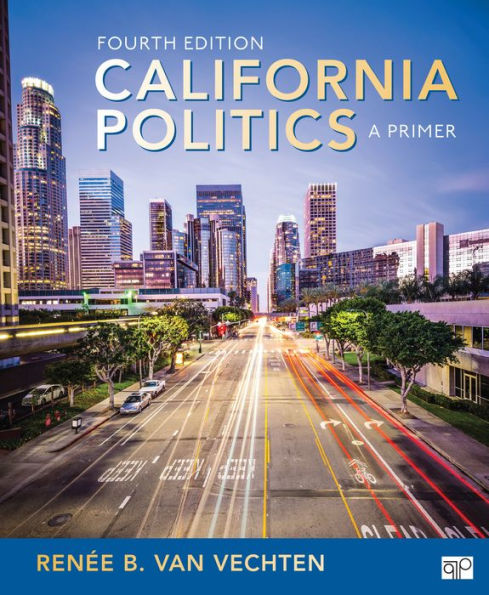Table of Contents
Preface ix
1 Introduction 1
Principles for Understanding California Politics 4
2 Critical Junctures: California's Political History in Brief 9
Early California 9
The Rise of the Southern Pacific Railroad 11
Progressivism 12
The Power of Organized Interests 15
Growth and Industrialization in the Golden State 16
The Initiative Process Takes Hold 17
Hyperdiversity in a Modern State 19
Recalling a Governor 21
Pushing Ahead with More Reforms 21
Democratic Government and the Return of Jerry Brown 22
Conclusion: Political Earthquakes and Evolving Institutions 23
3 Direct Democracy 27
The Statewide Initiative Process 27
Preparation Stage: Drafting, Public Review, and Titling 29
Qualification Stage: Circulating Petitions and Verifying Signatures 30
Campaigning Stage: Persuading Potential Voters 30
Postelection Stage: Court Challenges and Implementation 32
The Power of the Initiative Process 35
Referendum 36
Recall 37
Direct Democracy at the Local Level 38
Conclusion: The Perils and Promises of Hybrid Democracy 41
4 The State Legislature 45
Design, Purpose, and Function of the Legislature 45
California Representatives at Work 47
Policymaking and Lawmaking 51
Annual Budgeting 56
Constituency Service and Outreach 58
Executive Branch Oversight 58
Leaders 58
Conclusion: Of the People, for the People 60
5 The Executive Branch 63
California's Plural Executive 63
California's Governor 66
Head of State 67
Chief Executive 67
Legislative Powers 68
Budgeting Power 68
Chief of Security 69
Sources of Power 69
The Constitutional Executive Officers 70
Administrators and Regulators 73
Conclusion: Competition for Power 76
6 The Court System 79
The Three-Tiered Court System 80
On and Off the Court 82
Court Administration 85
Juries 86
Criminal Justice and Its Costs 86
Conclusion: Access to Justice 90
7 Other Governments 93
County Government 93
Municipal Governments 97
Special Districts 103
School Districts 103
Regional Governments 105
Federalism 105
Tribal Governments 106
Conclusion: The State's Interlocking Systems 111
8 The California Budget Process 113
California Budgeting 101 113
Mechanics of Budgeting: Revenue 115
Mechanics of Budgeting: Expenditures, Deficits, and Debt 118
Political Constraints on Budgeting 122
Tax Burden: Highest in the Nation? 125
Conclusion: Budgeting under Variable Conditions 127
9 Political Parties, Elections, and Campaigns 129
Democratic Stronghold, but Weakly Partisan 131
Party in the California Electorate 132
Party in Government 134
Party Organizations 136
Party in Informal Networks 137
Elections: Continuity and Change 137
California Campaigns 140
Conclusion: A Complex Electorate 144
10 Political Engagement 147
Citizens and Politics 147
News Sources and Media Habits 147
Political Engagement and Disengagement 149
Major Voting Trends 151
Special Interest Groups: Indirectly Connecting Citizens to Government 155
Conclusion: An Evolving Political Community 159
11 Concluding Thoughts: Political Paradoxes and Effective Government 163
Index 171
About the Author 177






